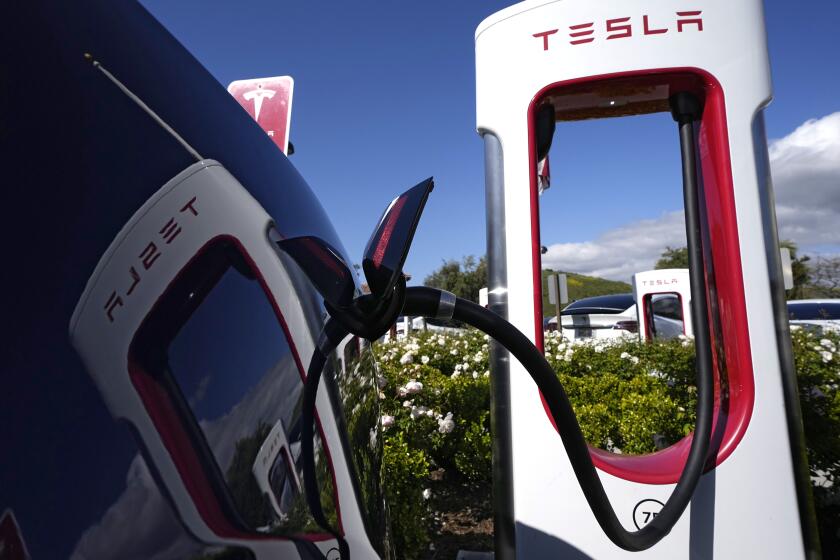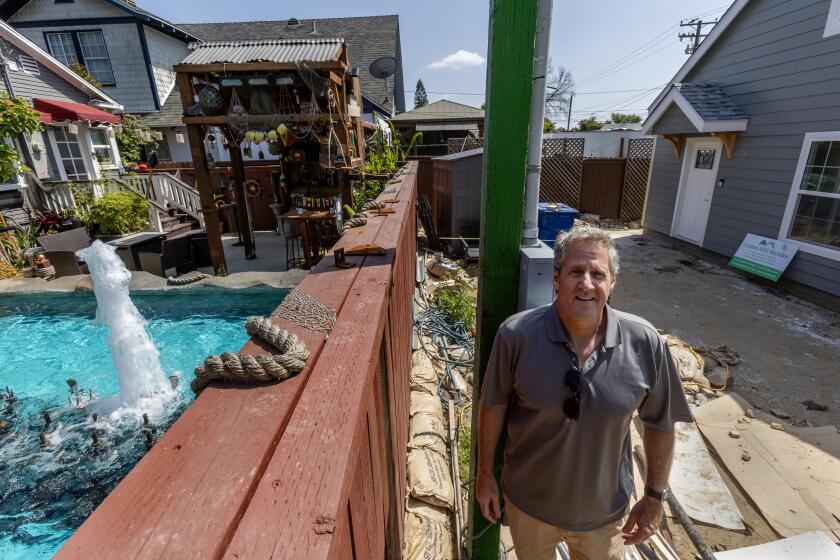Doctoring Is His Profession, But Saving Lives on the Fly Is His Calling
Dr. Max Benis maintains a ledger that chronicles the 104 people whose lives he has saved as a Good Samaritan. Most of them had been in freeway accidents.
“I believe it’s my duty and responsibility to be there and help people,” said Benis, who specializes in allergies and immunology in his practice. “I promised my mother I would save people.”
His mother’s 10 sisters and brothers were destroyed during the Holocaust, the Huntington Beach man said.
The doctor’s lifesaving adventures began in 1969. While strolling along a beach in Hawaii, he saved a man from drowning.
“It seems every three months or so since that time, I’ve had an opportunity to save someone,” he said.
He said his record includes helping downed motorcyclists, people choking on food, an unconscious man in a burning auto and a woman thrown from a horse who stopped breathing.
“Most recently I was at a rally in Cerritos for Vice President Bush, and a woman collapsed on the stage. I gave her CPR.”
Benis, 62, who works in a Cerritos medical office, believes his role is preserving lives, part of his religious tradition.
“In the Hebrew tradition, we know there are 36 people put here on earth who should give this assistance,” Benis said. “I’m one of those people. It has been put into me for a period of time, and it may leave me at anytime and go into someone else’s body.”
Benis said at times he gets premonitions and will change plans and routes while driving. “I get excited because I feel someone is sending me a message that they need help,” he said. “The energy in a brain sends the message.”
Benis acknowledged that his sensory descriptions make people uncomfortable, “especially when I talk about my lifesaving role to my colleagues in medicine.”
Benis, who stocks a huge black case with an elaborate array of lifesaving equipment in his car--including instruments to perform on-the-spot surgeries--is not reluctant to talk about his exploits and said he has never been sued for helping anyone.
“We have a Good Samaritan law in California that protects people in my profession who help others,” he said.
Sixth-grader Kelly Seely and his classmates at Arnold Elementary School in Cypress were curious about news reports that many people could not find the United States on a map.
So he and 46 other students took a full week to survey 1,079 people ages 13 to 84 to test their geographic literacy by asking them to identify the United States, France and Australia on the outline of a world map.
It took them 2 weeks to compile the results.
They found that 94% of the 13-20 group, 90% of the 21-40 group and 93% of the over 40 group identified the United States.
“We think that the American public has a better geography literacy than has been reported in the news,” Kelly said.
It was different for France and Australia.
They found that just 82% of the three age groups could find Australia on the unmarked map, he said.
And just 66% of the 13-20 group, 54% of the 21-40 group and 57% of the over-40 group could identify France.
Suzanne Lessley, an Orange resident and English literature teacher at El Modena High School, recently took a flying trip to Orange--the one in New South Wales, Australia--as part of the Sister Cities International exchange program.
She spent a month there.
“We visited dignitaries and talked to students and got a great feeling about what Australia is all about,” said Lessley, who was host for an Australian teacher in her home earlier this year.
“And we got a good appreciation for their school system and what they are dealing with,” she said.
To learn about each other, Lessley has 15 of her students regularly exchange letters with 15 Australian students.
Lessley also learned that in Australia’s Orange, they grow apples. She added, “They call their city ‘The Big Apple.’ ”
More to Read
Start your day right
Sign up for Essential California for news, features and recommendations from the L.A. Times and beyond in your inbox six days a week.
You may occasionally receive promotional content from the Los Angeles Times.






